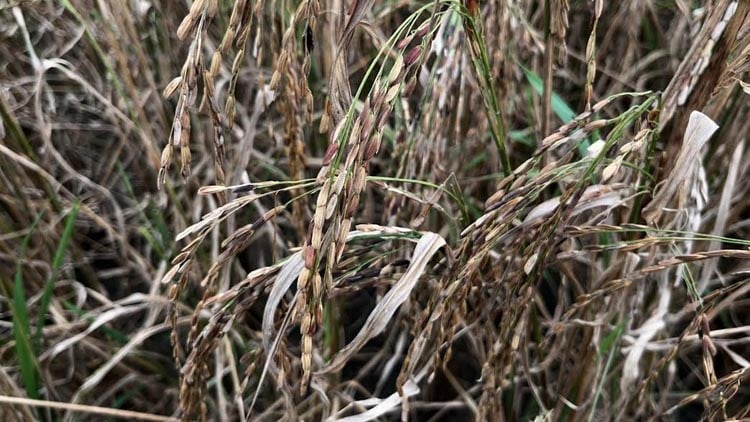News Flash
News Flash

MYMENSINGH, Jan 26, 2025 (BSS) - Recent research on colored rice has shed new light on its nutritional and medicinal value, which has the potential to enrich food chain while offering economic benefits.
One of the unique attributes of colored rice is its exceptional nutritional profile. It is rich in protein, fiber, iron, and vitamin B. Notably, it contains anthocyanin, a powerful antioxidant compound that helps reduce the risk of diabetes, hypertension and cholesterol while also showing potential in cancer prevention, according to the research team.
A team of researchers from the Department of Crop Botany at Bangladesh Agricultural University (BAU), led by Professor Dr. Md. Solaiman Ali Fakir, has achieved success after three years of studying the cultivation techniques, yield, and nutritional properties of colored rice.
The team also included Professor Dr. Md. Alamgir Hossain-2 and postgraduate students Jannatul Ferdous and Sagorika Khatun.
Speaking about the study, Dr. Md. Solaiman Ali Fakir explained that colored rice (Oryza sativa L.), traditionally cultivated in hilly regions and by innovative farmers, is now gaining popularity among the general population.
"The rice can come in shades of red, black, brown, or purple. Our research focused primarily on red and black rice, analyzing their nutritional content," he said.
The findings reveal that black rice contains 2-3 times more essential minerals, particularly iron and zinc, in its bran compared to white rice. The outer layer of colored rice is rich in anthocyanin and other phytochemicals, giving it its distinctive hues.
Elaborating further, Dr. Fakir stated, "Colored rice is not only visually appealing but also packed with immense nutritional and medicinal benefits. Black, red, purple, and brown rice varieties are gaining popularity due to their health advantages. These varieties can be used to prepare a wide range of dishes, including rice, khichuri, biryani, puffed rice, flattened rice, and even various traditional cakes. Compared to white rice, colored rice offers significantly higher levels of protein, fiber, and antioxidants."
Supporting the findings, Associate Professor Dr. Md. Alamgir Hossain-2 highlighted that most of the nutritional components of colored rice are found in its outer bran. While some nutritional loss may occur when milled using modern machines, the impact is minimal.
"The best approach is to process the rice using traditional methods like pounding, which retains its nutritional value to a greater extent," he added.